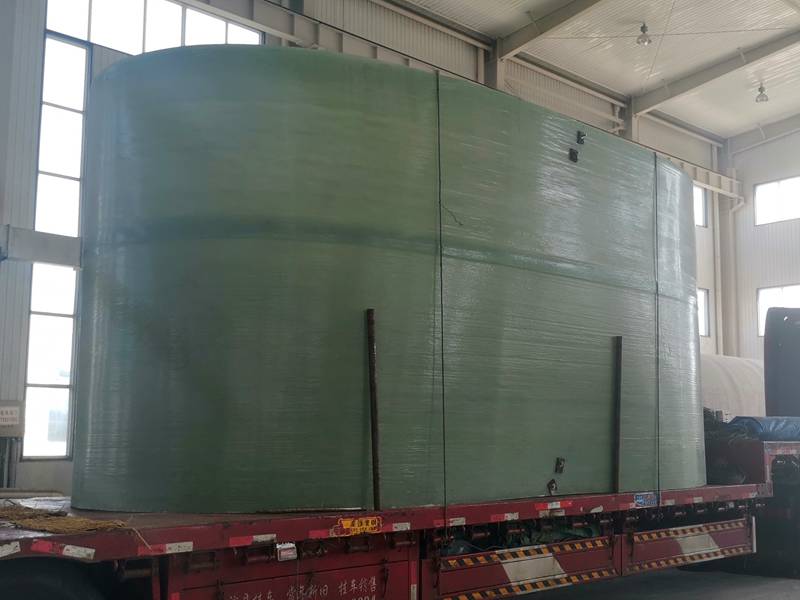
-
 Afrikaans
Afrikaans -
 Albanian
Albanian -
 Amharic
Amharic -
 Arabic
Arabic -
 Armenian
Armenian -
 Azerbaijani
Azerbaijani -
 Basque
Basque -
 Belarusian
Belarusian -
 Bengali
Bengali -
 Bosnian
Bosnian -
 Bulgarian
Bulgarian -
 Catalan
Catalan -
 Cebuano
Cebuano -
 China
China -
 China (Taiwan)
China (Taiwan) -
 Corsican
Corsican -
 Croatian
Croatian -
 Czech
Czech -
 Danish
Danish -
 Dutch
Dutch -
 English
English -
 Esperanto
Esperanto -
 Estonian
Estonian -
 Finnish
Finnish -
 French
French -
 Frisian
Frisian -
 Galician
Galician -
 Georgian
Georgian -
 German
German -
 Greek
Greek -
 Gujarati
Gujarati -
 Haitian Creole
Haitian Creole -
 hausa
hausa -
 hawaiian
hawaiian -
 Hebrew
Hebrew -
 Hindi
Hindi -
 Miao
Miao -
 Hungarian
Hungarian -
 Icelandic
Icelandic -
 igbo
igbo -
 Indonesian
Indonesian -
 irish
irish -
 Italian
Italian -
 Japanese
Japanese -
 Javanese
Javanese -
 Kannada
Kannada -
 kazakh
kazakh -
 Khmer
Khmer -
 Rwandese
Rwandese -
 Korean
Korean -
 Kurdish
Kurdish -
 Kyrgyz
Kyrgyz -
 Lao
Lao -
 Latin
Latin -
 Latvian
Latvian -
 Lithuanian
Lithuanian -
 Luxembourgish
Luxembourgish -
 Macedonian
Macedonian -
 Malgashi
Malgashi -
 Malay
Malay -
 Malayalam
Malayalam -
 Maltese
Maltese -
 Maori
Maori -
 Marathi
Marathi -
 Mongolian
Mongolian -
 Myanmar
Myanmar -
 Nepali
Nepali -
 Norwegian
Norwegian -
 Norwegian
Norwegian -
 Occitan
Occitan -
 Pashto
Pashto -
 Persian
Persian -
 Polish
Polish -
 Portuguese
Portuguese -
 Punjabi
Punjabi -
 Romanian
Romanian -
 Russian
Russian -
 Samoan
Samoan -
 Scottish Gaelic
Scottish Gaelic -
 Serbian
Serbian -
 Sesotho
Sesotho -
 Shona
Shona -
 Sindhi
Sindhi -
 Sinhala
Sinhala -
 Slovak
Slovak -
 Slovenian
Slovenian -
 Somali
Somali -
 Spanish
Spanish -
 Sundanese
Sundanese -
 Swahili
Swahili -
 Swedish
Swedish -
 Tagalog
Tagalog -
 Tajik
Tajik -
 Tamil
Tamil -
 Tatar
Tatar -
 Telugu
Telugu -
 Thai
Thai -
 Turkish
Turkish -
 Turkmen
Turkmen -
 Ukrainian
Ukrainian -
 Urdu
Urdu -
 Uighur
Uighur -
 Uzbek
Uzbek -
 Vietnamese
Vietnamese -
 Welsh
Welsh -
 Bantu
Bantu -
 Yiddish
Yiddish -
 Yoruba
Yoruba -
 Zulu
Zulu
frp fittings
Understanding FRP Fittings A Comprehensive Guide
Fiber Reinforced Polymer (FRP) fittings are an integral component in modern construction and infrastructure, owing to their strength, durability, and resistance to corrosion. These fittings, made from a composite material combining a polymer matrix and fibers (often glass, carbon, or aramid), have gained popularity across various industries, including construction, marine, and chemical processing. This article explores the characteristics, applications, advantages, and challenges of FRP fittings.
Characteristics of FRP Fittings
One of the standout features of FRP fittings is their lightweight nature. Unlike traditional materials such as steel or concrete, FRP fittings are much lighter, making them easier to handle and install. This characteristic also leads to reduced transportation costs and simplifies the logistics of construction projects.
Another key characteristic is the high strength-to-weight ratio of FRP materials. They are engineered to withstand considerable stress and load while maintaining a lightweight profile. Moreover, the non-corrosive nature of FRP makes these fittings suitable for harsh environments, where conventional materials would degrade over time due to rust or chemical reactions.
Additionally, FRP fittings can be molded into intricate shapes, providing versatility in design. This ability allows engineers and designers to create complex geometries that might be challenging with traditional materials, thus enhancing aesthetic appeal as well as functionality.
Applications of FRP Fittings
FRP fittings are utilized in a myriad of applications. In the construction sector, they are commonly used for piping systems, ductwork, and structural reinforcements. The chemical industry often employs FRP fittings in tanks, vessels, and pipes that require resistance to aggressive fluids. Their lightweight and robust nature also makes them ideal for flooring, grating, and handrail systems in environments that require slip resistance.
In the marine sector, FRP fittings are used in boat construction, creating components that are resistant to saltwater corrosion. This application is critical for prolonging the life of marine vessels and reducing maintenance costs.
Moreover, in the renewable energy sector, FRP is crucial in the manufacturing of components for wind turbines. The light weight of FRP allows for more efficient turbine design, maximizing energy production while minimizing material use.
frp fittings

Advantages of FRP Fittings
The advantages of FRP fittings are manifold. First and foremost, their resistance to corrosion significantly extends their lifespan, providing value over time. In environments that are prone to degradation, the durability of FRP means fewer replacements and repairs, translating to lower lifecycle costs.
Moreover, the lightweight nature of FRP fittings leads to easier handling and installation. This not only reduces labor costs but also allows for faster project completion. The inherent insulating properties of FRP minimize thermal conduction, making it an excellent choice for applications requiring temperature control.
FRP fittings are also aesthetically pleasing, available in various colors and finishes. This quality makes them suitable for applications where visual appeal is essential, such as in architectural designs and public infrastructure.
Challenges of FRP Fittings
Despite their many benefits, FRP fittings do face certain challenges. The initial cost of FRP materials can be higher than traditional materials, which may deter some projects, particularly smaller-scale ones. However, it is essential to consider the long-term savings associated with reduced maintenance and extended lifespan.
Additionally, while FRP fittings are resistant to many chemicals, they may not be suitable for applications involving highly concentrated acids or extreme temperatures. Understanding the specific requirements of the application is crucial in selecting the right materials.
Lastly, the manufacturing process of FRP fittings requires specialized knowledge and equipment, which can pose challenges in terms of production scalability and quality control.
Conclusion
In summary, FRP fittings represent a revolutionary advancement in material technology, offering numerous advantages over traditional materials. Their lightweight, durable, and corrosion-resistant properties make them suitable for a wide range of applications across various industries. While there are challenges associated with cost and material limitations, the benefits often outweigh these drawbacks. As industries continue to innovate and prioritize sustainability, the use of FRP fittings is poised to expand, shaping the future of construction and design.









